The Morgan opens an exhibition solely focused on Thomas Gainsborough's works on paper
Thomas Gainsborough, Lady Walking in a Garden, ca. 1785, black and white chalk with smudging, worked wet and dry, watercolor, on laid paper, purchased by Pierpont Morgan in 1909. The Morgan Library & Museum, III, 63b. Photography by Steven H. Crossot, 2014.
NEW YORK, NY.- Renowned for his portraiture and depictions of rural landscapes, the eighteenth-century British artist Thomas Gainsborough (1727–1788) is best known as a painter. However, he was also a draftsman of rare ability who extended the traditional boundaries of drawing technique, inspiring an entire generation of British artists such as John Constable (1776–1837) and J. M. W. Turner (1775–1851).
The Morgan Library & Museum is presenting an exhibition solely focused on Gainsborough’s works on paper, bringing together twenty-two outstanding examples in graphite, chalk, oil paint, and other media. Included in the show, which runs through August 19, are preparatory studies, finished works, and exercises made for the artist’s own enjoyment.
“As with many artists, Thomas Gainsborough used the medium of drawing to experiment and explore,” said Colin B. Bailey, director of the Morgan Library & Museum. “Famous in his day for his paintings of members of the British aristocracy and gentry, he eagerly turned to drawing as a respite from his portrait work. It allowed him the freedom to pursue his passion for rendering nature and scenes of country life utilizing new stylistic effects in color, line, and material. The Morgan is pleased to present its first exhibition on this important aspect of Gainsborough’s art.”
Thomas Gainsborough, A Boy with a Book and a Spade,1748, graphite with smudging, on laid paper, purchased by Pierpont Morgan (1837-1913) in 1909, The Morgan Library & Museum, III 59b. Photography by Steven H. Crossot, 2014.
THE EXHIBITION
The Career of a Portrait Painter
Thomas Gainsborough trained in London, where he displayed an innate talent for drawing and painting. The artist’s earliest figure drawing, A Boy with a Book and a Spade (1748), served as a study for the signboard of a village school. Minor commissions such as this were a primary source of income for a novice painter like Gainsborough as he tried to establish his career.
In Bath, where he moved in 1759, Gainsborough emerged as the era’s most fashionable and successful portraitist. There he became fascinated with the effects of light on fabric, often using black chalk to explore different tonal solutions. His renderings of sitters’ expressions and the rich texture of their clothing led to his reputation as the Anthony van Dyck of his time.
Thomas Gainsborough, Study of a Woman Holding a Shawl, 1765–70, black chalk with smudging, oil-soaked chalk, on laid paper, purchased by Pierpont Morgan (1837-1913) in 1909, The Morgan Library & Museum, III 57. Photography by Steven H. Crossot, 2014.
Gainsborough would later create figure studies with models in different poses, using inventive techniques intended to capture the viewers’ eye in an instant. In Lady Walking in a Garden (ca. 1785), the woman’s translucent silk dress is a technical tour de force: the artist superimposed fine veils of white and yellow chalk, applied both wet and dry, imitating the feathery brushstrokes that characterize his paintings.
Despite his commercial success as a figure painter, later in life Gainsborough wanted to escape from what had become for him the routine of portraiture and business life. “I am sick of Portraits” he complained in a letter to a friend, “and I wish very much to. . . walk off to some sweet village where I can . . . enjoy the fag End of Life in quietness and ease.”
Thomas Gainsborough, A Woman and Three Children, 1780-5, black chalk with smudging, and white chalk, some applied wet, on tan laid paper purchased by Pierpont Morgan (1837- 1913) in 1909, The Morgan Library & Museum, III 59. Photography by Steven H. Crossot, 2014.
A Passion for Creating Landscapes
Gainsborough would come to devote much of his time to creating landscapes of his own invention on paper. Laying out stones, branches, leaves, and soil of various colors on his worktable, he assembled and drew landscapes in his studio.
In his quest for original effects, the artist often looked to rugged terrain, contrasts of light and shade, and the nuances of shadow resulting from the changing seasons. He explored the rolling topography of natural settings and gothic, shadowy atmospheres in his early years. They offered him almost limitless compositional possibilities as he simultaneously conducted his technical experiments: for instance, he immersed his paper in milk and varnished it to give his landscape drawings a transparent tint.
In the mid-1770s, Gainsborough increasingly experimented with drawing by mixing different media and applying varnish to surfaces to produce landscapes that mimicked the visual effects of oil paintings. In the following decade, he would go on to produce variations of similar compositions drawn mainly in black and white chalk: serpentine, asymmetrical landscapes with moving skies, windswept trees, solitary animals, and scenes of agrarian life.
Thomas Gainsborough, Landscape with Horse and Cart Descending a Hill, ca. 1780, black chalk with smudging, on wove paper, purchased by Pierpont Morgan (1837-1913) in 1909, The Morgan Library & Museum. Photography by Steven H. Crossot, 2014.
Gainsborough also embraced printmaking. By combining different etching techniques, he produced prints in imitation of his drawings, replicating on the surface of the copper plate the same variety of textural and tonal effects that characterize his chalk drawings. He turned to aquatint to evoke the transparency of the sky and water, as seen in Wooded Landscape with Cows beside a Pool (1755-1780), a rare print from the collection of the Metropolitan Museum of Art. Toward the end of his career, he began favoring concepts rather than depicting a realistic view. In Figures in a Wooded Landscape, (1785–88), trees, animals and rocks lose their shape, and parts of the landscape veer toward pure abstraction.
Gainsborough’s experiments subverted the academic conventions of drawing—by combining techniques and materials, he called into question the distinction between drawing and painting. His technical achievements became a paradigm for British art for the whole of the eighteenth century, and his later works in particular influenced the near abstract compositions of the next generation of British artists. Always in fierce pursuit of the “new” in drawing, Gainsborough lamented on his deathbed that he was “to leave life just as he was beginning to do something with his art."
Thomas Gainsborough, Wooded Landscape with Cottage, Cowherd, and Cow, ca. 1750, graphite,with smudging, on laid paper, purchased by Pierpont Morgan (1837- 1913) in 1909, The Morgan Library & Museum, III 51. Photography by Steven H. Crossot, 2014.
Thomas Gainsborough, Wooded Landscape with Horseman, Figures, and Bridge, ca. 1780, black chalk with smudging, opaque lead white, on laid paper, purchased by Pierpont Morgan (1837-1913) in 1909, The Morgan Library & Museum. Photography by Steven H. Crossot, 2014.
Thomas Gainsborough, Wooded Landscape with Cows beside a Pool, Figures and Cottage, ca. 1780, soft-grounded etching with acquatint, printed in gray ink, The Metropolitan Museum of Art, Harris Brisbane Dick Fund, 1937.
Thomas Gainsborough, Landscape with Horse and Cart, and Ruin, ca. 1770, oil paint, lead white chalk, watercolor, over black chalk, varnished, on laid paper, varnished; purchased by Pierpont Morgan (1837-1913) in 1909, The Morgan Library & Museum, III 55. Photography by Steven H. Crossot, 2014.
Thomas Gainsborough, Hilly Landscape with Cows on the Road, ca. 1780, black chalk with smudging, white chalk applied wet, on wove paper, purchased by Pierpont Morgan (1837-1913) in 1909, The Morgan Library & Museum, III 62. Photography by Steven H. Crossot, 2014.
Thomas Gainsborough, Figures in a Wooded Landscape, 1785–88, black chalk, black ink wash, with white chalk, worked wet, heightened with white. Private collection.
Thomas Gainsborough, Portrait of a Lady, 1760-5, black and white chalk, with smudging, on blue paper. Private collection, Digital imaging courtesy of The Morgan Library & Museum. Photography by Graham S. Haber, 2017
Thomas Gainsborough, Caroline, 4th Duchess of Marlborough, ca. 1770, pastels on green-brown paper. Private collection. Photography by Alex Jamison.

/https%3A%2F%2Fprofilepics.canalblog.com%2Fprofilepics%2F1%2F0%2F100183.jpg)
/https%3A%2F%2Fstorage.canalblog.com%2F03%2F02%2F119589%2F96711876_o.jpg)
/https%3A%2F%2Fstorage.canalblog.com%2F11%2F31%2F119589%2F94773502_o.jpg)
/https%3A%2F%2Fstorage.canalblog.com%2F20%2F83%2F119589%2F94772815_o.jpg)
/https%3A%2F%2Fstorage.canalblog.com%2F26%2F72%2F119589%2F75604929_o.jpg)
/https%3A%2F%2Fstorage.canalblog.com%2F59%2F60%2F119589%2F26458628_o.jpg)


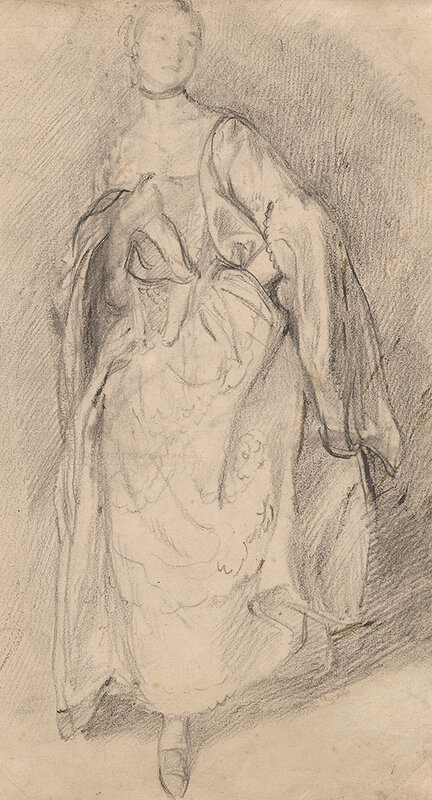
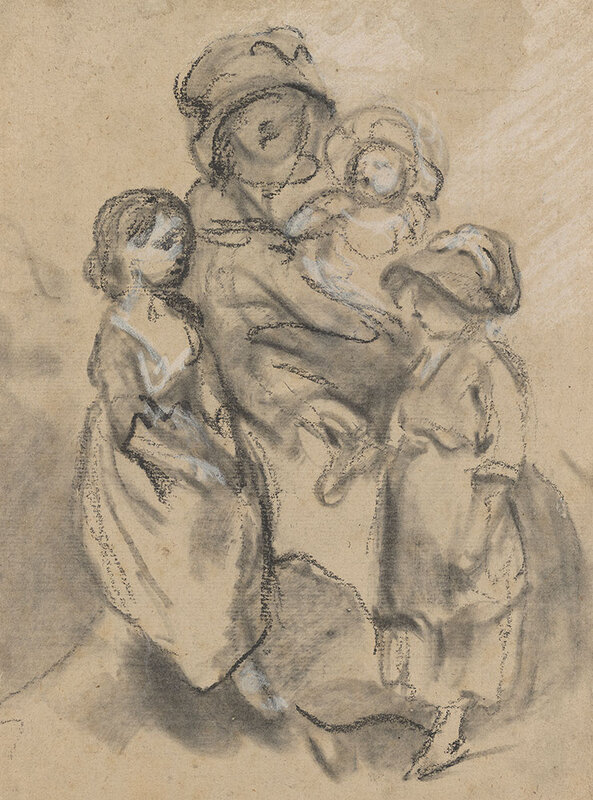
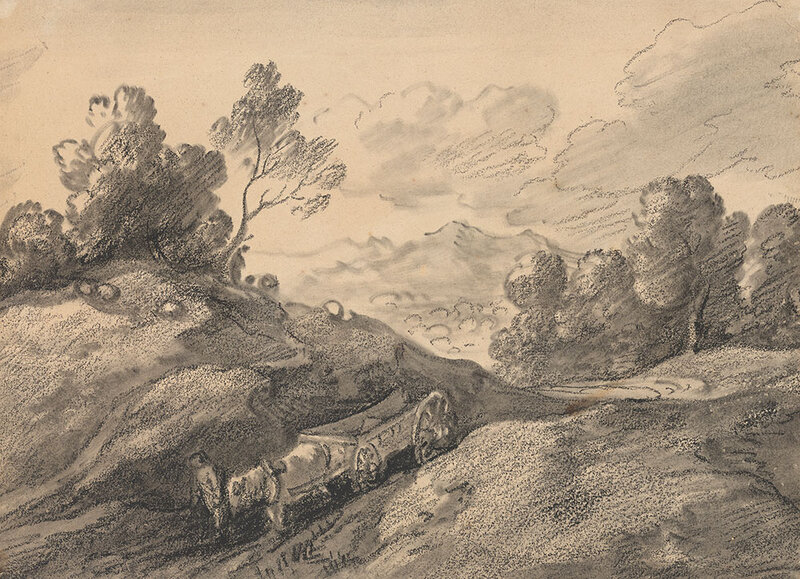

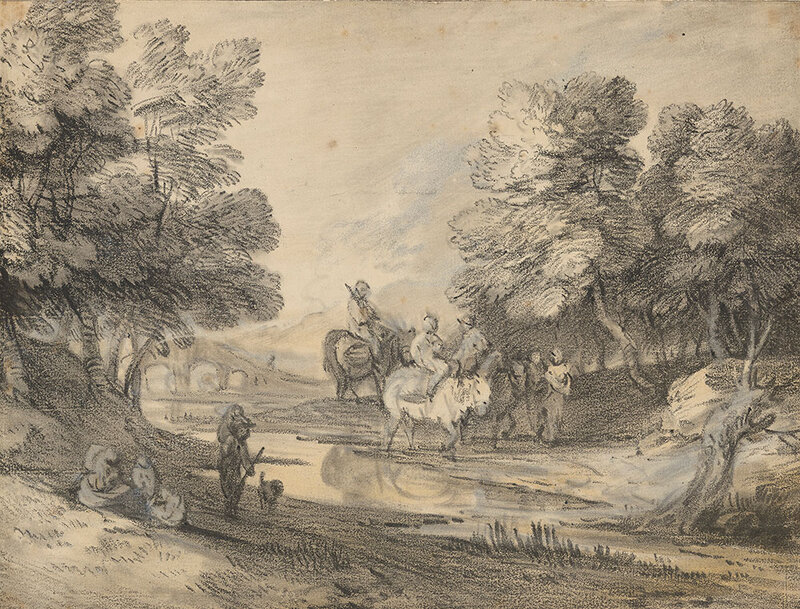


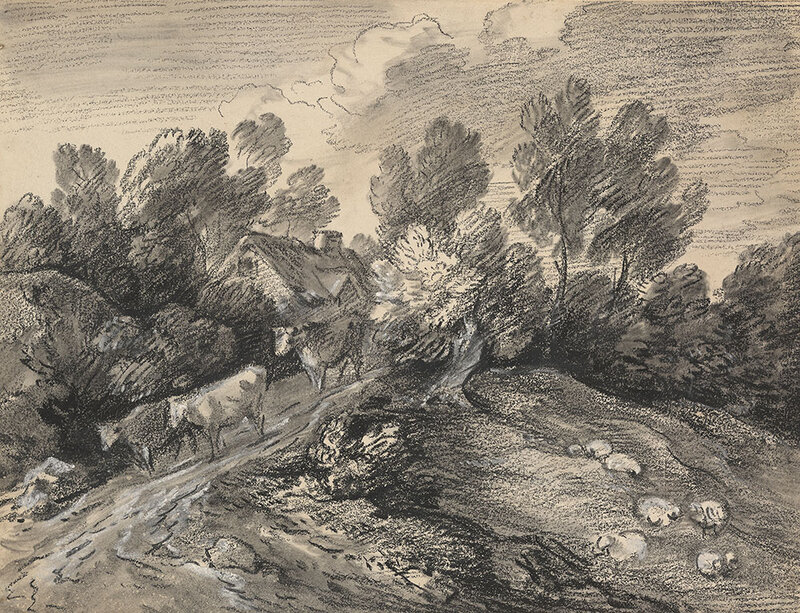





/http%3A%2F%2Fstorage.canalblog.com%2F86%2F13%2F119589%2F126868086_o.jpg)
/http%3A%2F%2Fstorage.canalblog.com%2F48%2F81%2F119589%2F126694720_o.png)
/http%3A%2F%2Fstorage.canalblog.com%2F82%2F20%2F119589%2F122371658_o.jpg)
/http%3A%2F%2Fstorage.canalblog.com%2F40%2F31%2F119589%2F121521528_o.jpg)